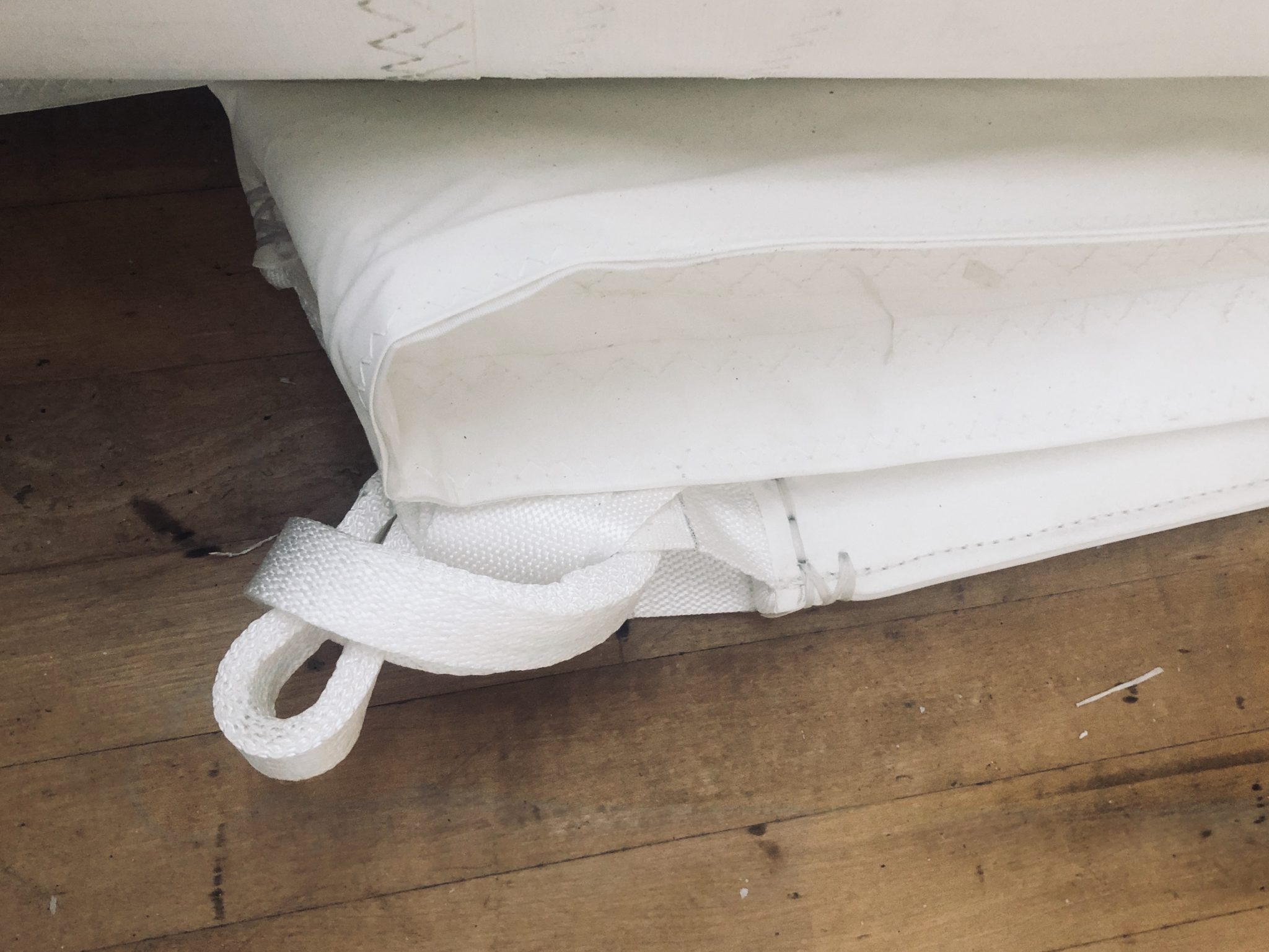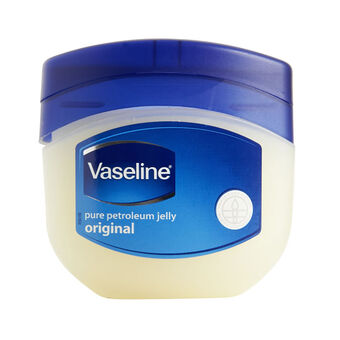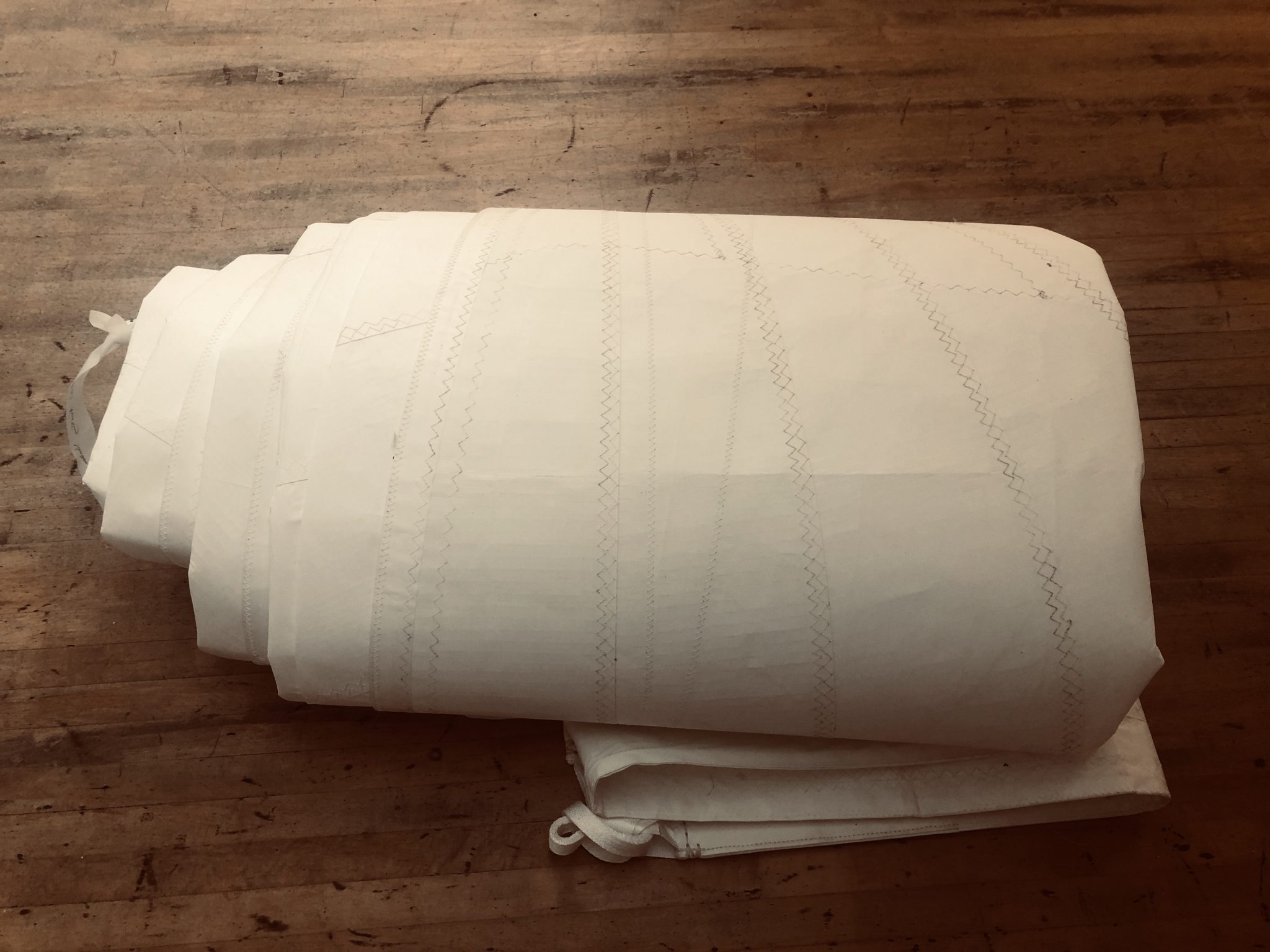From past experience our sails do not need a loft visit very often, but it is always wise to check over your sails to keep abreast of any potential issues. If there’s something that’s concerning you why not give us a call, drop us an email or ask The Pod?
.
We would suggest it is a good idea to have your sails professionally washed a minimum of every 2 years. It may not be necessary to have them done every year and ideally, they wouldn’t go beyond 3 years, but this is very dependent on what conditions they are used in. The importance of washing your sails is not just about getting the sails cleaner and preventing the build-up of mildew. It is essential to remove any salt as this is very abrasive and will create unnecessary wear to the sails.
.
As for webbings and lines, we exclusively use Spectra/Dyneema webbing in the corners, which has the best chance to resist UV weathering and maintain strength. Of course, like any ‘working’ item an occasional check is wise, especially before a long passage. This should not be necessary in the first 2 years, but we would recommend checking every other year after that. It might be that the corner webbings need a bit of re-stitching, it is unlikely with Dolphin’s high standard of production that they will need replacing, but it can happen.
.

.
As we all know, conditions can change drastically whilst sailing and issues do occur. If your sails get ripped or a small hole appears, it is always best to get it repaired sooner rather than later. Depending on the structure of the fabric, rips can get bigger very quickly in the wrong conditions, but if it has been patched over, this should be prevented. For smaller, more insignificant rips or holes, we can provide you with a patch to stick on that will get you by until you are able to get the sail to a nearby loft.
.
If you are unable to get your sails washed as regularly as you’d like, it is still a good idea to rinse off any metal components to remove the salt and prevent rust. This will also help stop rust marks on the sail once it has been folded and stored. For hanked storm sails, or hanked sails that you are unlikely to use on a regular basis, it is a good idea to rub vaseline onto the brass hanks. Use a good amount and leave it on, then wrap a plastic sandwich bag (or similar) around the hank and seal it with an elastic band. This will stop the hanks from ceasing whilst they are stored. You can fold the sail with the hanks bagged like this.
.

.
One thing people are often surprised by is the build-up of mildew on their sails when they haven’t been sailing. This happens because if the sails aren’t used, once they are wet, they will remain damp which allows mould and mildew to develop. Essentially, the sail hasn’t had a chance to dry out. So, even if you haven’t got time to go sailing, it is a good idea to get your sails out every so often to air them, let them dry and generally check them over for any build-up of damp.
.
When folding sails to get them to a sail loft or off the boat, try to have as many hands involved as possible: this should ensure as neat a fold as possible and ideally will follow the original fold lines. This prevents excess wear in the fabric by not having multiple folds. If at all possible, fold them on a flat area such as a dock or boat yard, but be careful not to get dirt wrapped up in the sails, as this may cause mildew build up or abrasion.
.

.
Overall, sails are fairly easy to look after and if care is taken they should last you well. Obviously cruising and racing sails differ significantly, but if you regularly check your sails over, have them washed every couple of years and keep on top of any repairs they can last between 3 and 10 years!




